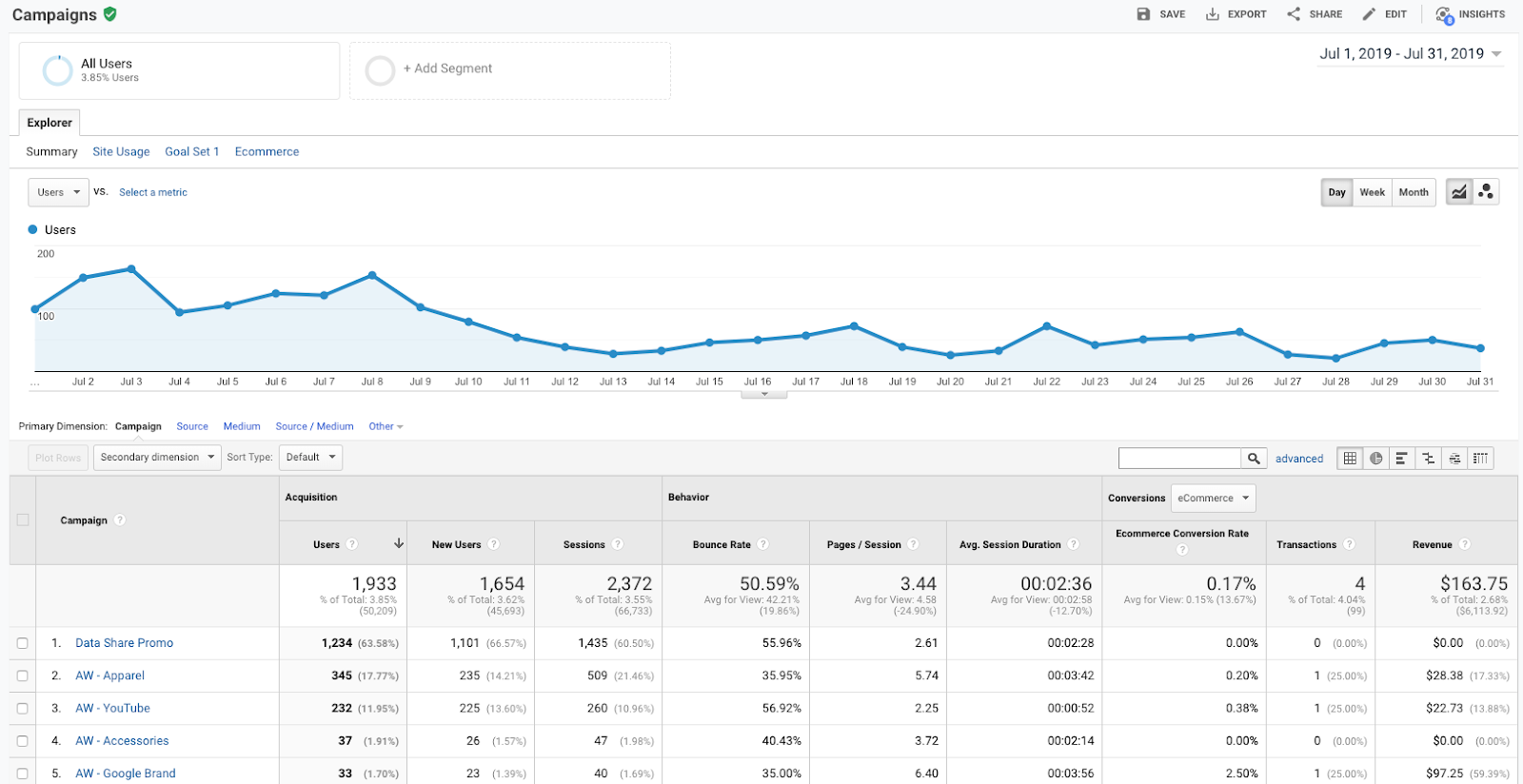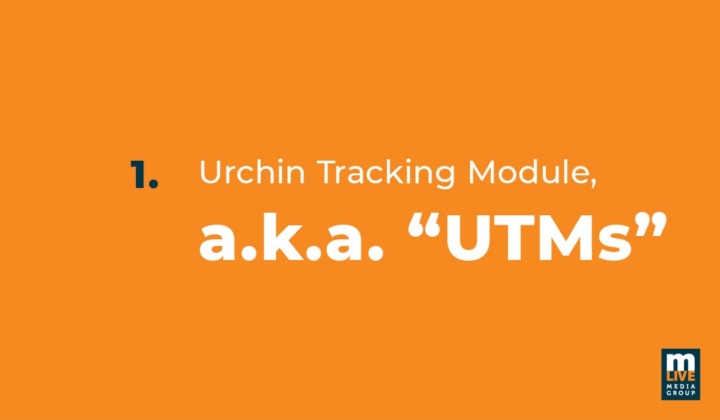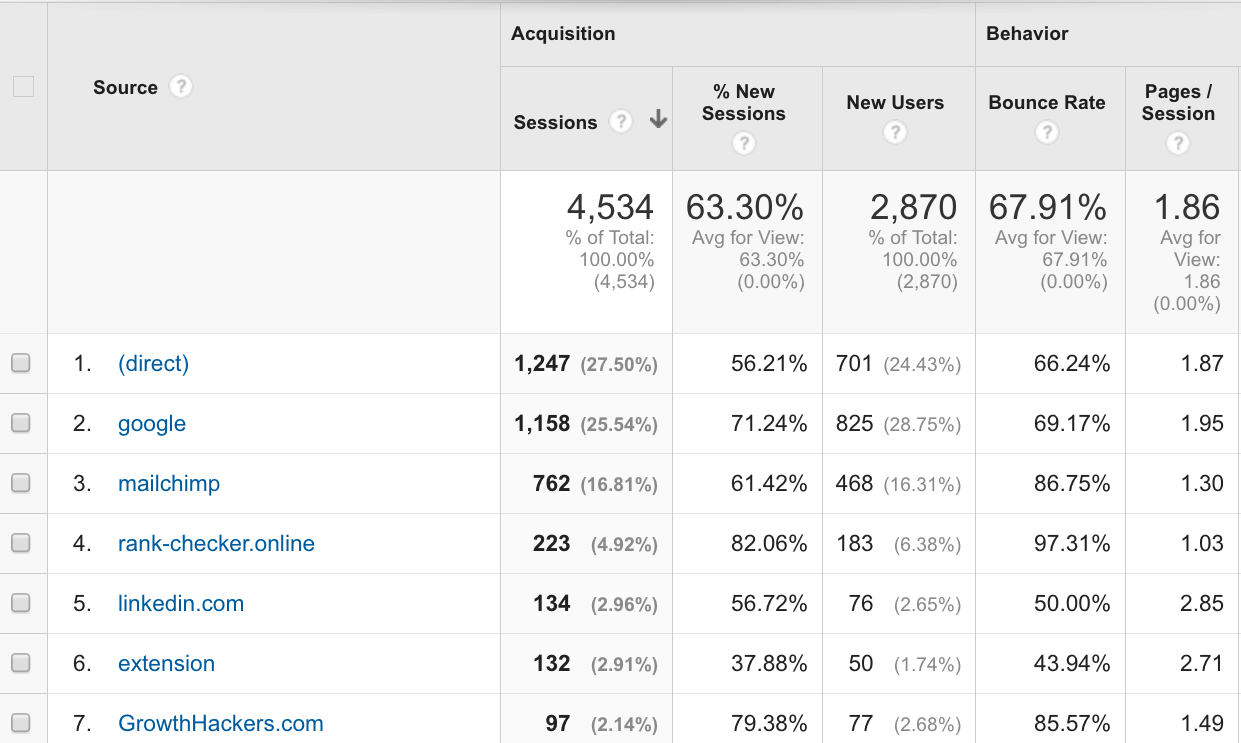

UTM Codes for Facebook Adsīefore you go live with Facebook ads, it’s wise to add unique UTM parameters to each ad. Or, you can convert the link to a short link (this option is actually just a redirect to ). You can then automatically copy the URL to your clipboard to use for various ads. Simply enter the appropriate information and the tool will instantly generate an appropriate code. If your Google Ad campaign has an advanced need that requires you to add custom UTM parameters manually, or you need to track an external campaign, use Google’s UTM builder tool.
UTM PARAMETERS GOOGLE ANALYTICS MANUAL
Manual Option (For External Ads & Advanced Campaigns) With this option, Google Ads automatically adds UTM parameters to links and sends them to Google Analytics. See that auto-tagging is enabled in your Google Ads Account.Make sure that your Google Ads account and the correct Google Analytics property are linked.Just to be sure, here’s what you need to check. Let Google generate the appropriate tags for you. Google’s automatic UTM creation option is the easiest way to go.

Automatic Option (Recommended for Google Ads)

Here, you create ads that show up in Google’s search results and partner sites across the web. One of the most common places you’ll need UTM codes is in your Google Ads account. Keep track of all of your parameters and campaign rules in a spreadsheet to keep operations organized and uniform.
UTM PARAMETERS GOOGLE ANALYTICS HOW TO
Read on to discover how to create codes for Google Ads, Facebook, other paid social, email, and mobile advertising. Fortunately, that’s what you’re about to learn. While the above explains the whats and whys of UTM tags in URLs, you still don’t know how to create UTM codes for various campaigns across the web. How to Create UTM Codes Across All Ad Platforms Furthermore, Google Analytics’ program knows how to read them so that they render with clarity in platform-generated reports. These standard parameters help keep unique URLs organized.


 0 kommentar(er)
0 kommentar(er)
